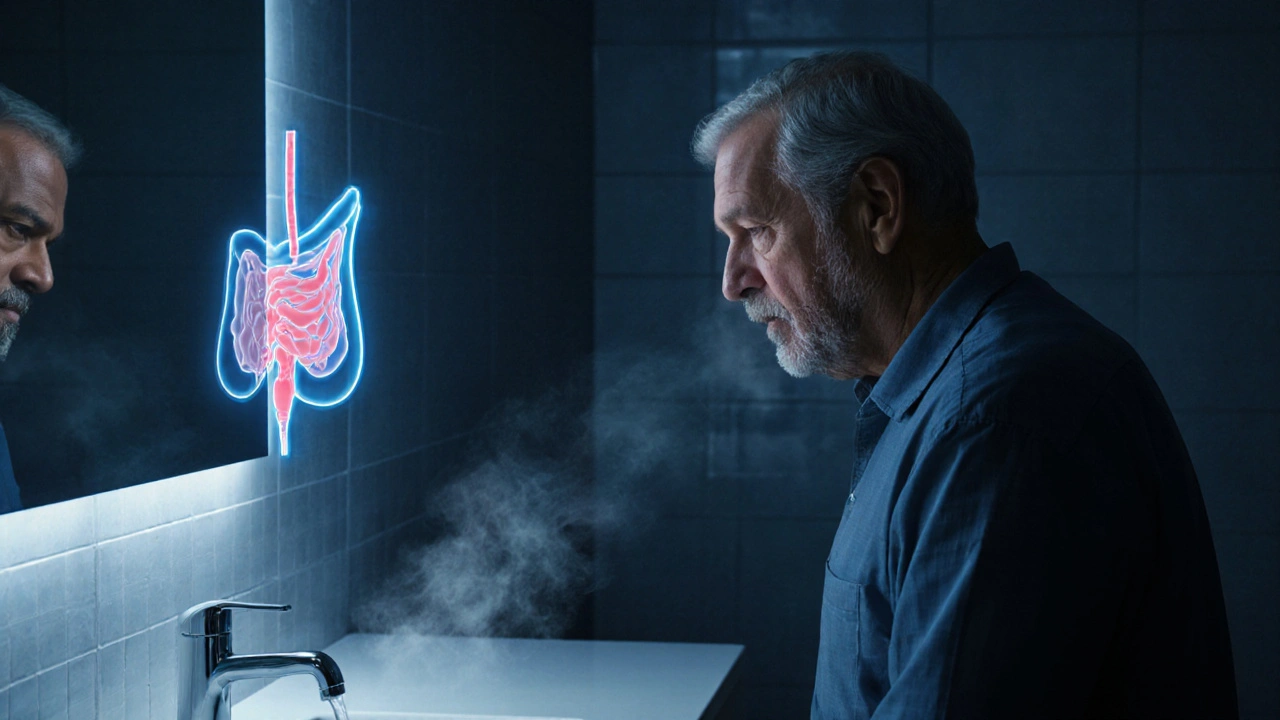When working with BPH medication, drugs that treat benign prostatic hyperplasia, a non‑cancerous prostate enlargement causing urinary trouble. Also known as benign prostatic hyperplasia treatment, it helps ease flow, reduce urgency, and slow growth. A typical regimen draws from several groups: alpha blockers, medications that relax prostate and bladder neck muscles for quicker symptom relief, 5‑alpha reductase inhibitors, drugs that shrink the gland by blocking the hormone that fuels growth, phytotherapy, plant‑based extracts like saw palmetto used as natural alternatives, and, when needed, prostate surgery, procedures that remove excess tissue to restore urine flow. Understanding how these pieces fit together sets the stage for smart choices.
First up, BPH medication often starts with an alpha blocker because it delivers fast relief. Drugs such as tamsulosin or alfuzosin act within days, relaxing smooth muscle in the prostate and bladder neck. The main attribute here is speed – you feel fewer nighttime trips and less urgency quickly. Most men tolerate them well, but a small share notice dizziness or a drop in blood pressure, especially when standing up.
If you need longer‑term control, a 5‑alpha reductase inhibitor may join the plan. These agents, like finasteride or dutasteride, take weeks to months to shrink the gland, but the payoff is a genuine reduction in prostate size. Key attributes include lower PSA levels and a slower disease course. Typical side effects involve reduced libido or mild erectile changes, which fade for many after the body adjusts.
For those preferring a “natural” route, phytotherapy offers another avenue. Saw palmetto, beta‑sitosterol, and rye grass pollen extract are the most studied plants. They aim to inhibit the same hormone pathway as prescription inhibitors but usually with a milder impact. People appreciate the lower risk of sexual side effects, though scientific results vary. If you try them, watch for any stomach upset and discuss with your doctor to avoid hidden interactions.
When medications can’t keep symptoms at bay, surgery becomes the next step. Options range from minimally invasive laser vaporization to traditional transurethral resection (TURP). Surgery’s main attribute is immediate restoration of urine flow, often eliminating the need for ongoing drugs. Recovery time differs: laser techniques may let you go home in a day, while TURP can require a short hospital stay. Risks include bleeding, infection, or temporary issues with ejaculation.
Each of these treatment families links back to the core goal of BPH medication: easing urinary trouble while balancing side effects. Below you’ll find a curated set of articles that dive deeper into individual drugs, compare costs, outline safety tips, and show how to monitor progress. Whether you’re starting a new prescription, weighing natural options, or considering surgery, the resources ahead can help you pick the right path for your health.
